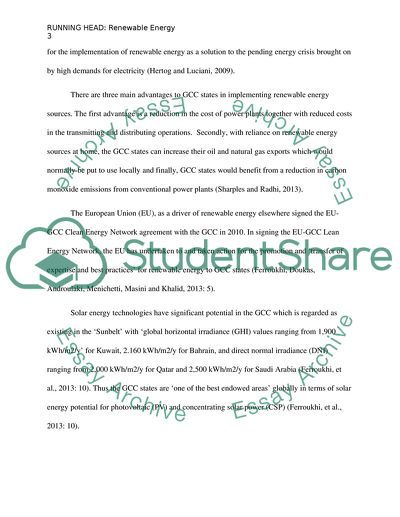Cite this document
(“Gulf country orientation of Renewable energy Research Paper”, n.d.)
Gulf country orientation of Renewable energy Research Paper. Retrieved from https://studentshare.org/architecture/1684721-gulf-country-orientation-of-renewable-energy
Gulf country orientation of Renewable energy Research Paper. Retrieved from https://studentshare.org/architecture/1684721-gulf-country-orientation-of-renewable-energy
(Gulf Country Orientation of Renewable Energy Research Paper)
Gulf Country Orientation of Renewable Energy Research Paper. https://studentshare.org/architecture/1684721-gulf-country-orientation-of-renewable-energy.
Gulf Country Orientation of Renewable Energy Research Paper. https://studentshare.org/architecture/1684721-gulf-country-orientation-of-renewable-energy.
“Gulf Country Orientation of Renewable Energy Research Paper”, n.d. https://studentshare.org/architecture/1684721-gulf-country-orientation-of-renewable-energy.


